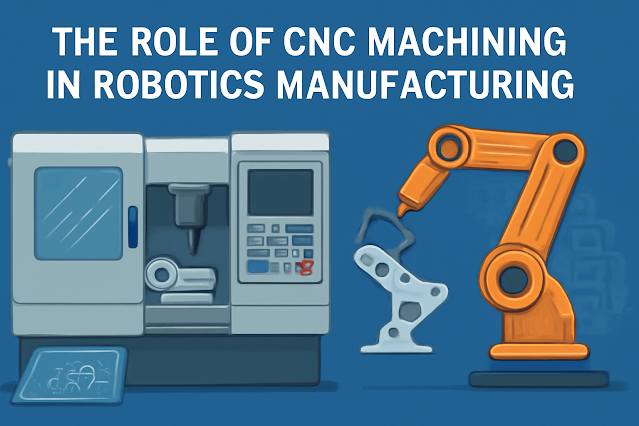When it comes to skincare, few ingredients have earned as much hype—and for good reason—as retinol. Over the years, this powerful compound has transformed countless beauty routines and helped people achieve healthier, glowing skin. Whether you’re battling acne, fine lines, or uneven texture, retinol offers a science-backed solution that’s accessible to almost everyone. If you’ve been wondering why this ingredient gets so much love, buckle up. We're diving deep into why retinol is truly a skincare game-changer.
First off, what makes retinol so special? At its core, retinol is a derivative of vitamin A, a vital nutrient that plays a crucial role in skin health. Unlike many ingredients that simply sit on the surface, retinol penetrates deep into the skin’s layers to stimulate cell turnover and collagen production. This means it doesn’t just mask imperfections—it helps your skin rebuild itself from within. But here’s the kicker: while many ingredients can be harsh or irritating, retinol has been refined over decades to maximize results while minimizing potential drawbacks, making it an essential part of modern skincare.
The science behind retinol is fascinating. Retinol works by accelerating the skin’s natural exfoliation process, prompting old, damaged cells to shed faster and making way for fresh, new ones. This rapid cell turnover is what leads to smoother texture, diminished fine lines, and a more even skin tone. Plus, retinol’s ability to boost collagen helps restore the skin’s firmness and elasticity—a factor that naturally declines as we age. This dual-action effect is why dermatologists often recommend retinol as a frontline defense against premature aging.
One of the biggest benefits of retinol is its versatility. It’s not just for aging skin—people struggling with stubborn acne find it incredibly effective too. By unclogging pores and reducing inflammation, retinol helps clear breakouts while preventing new ones from forming. Unlike many acne treatments that dry out or irritate the skin, retinol promotes healing and encourages a balanced, healthy complexion. This makes it an excellent choice for anyone wanting to tackle multiple skin concerns in one fell swoop.
Still not convinced? Here are some key points that highlight why retinol is a skincare game-changer:
1. Promotes Collagen Production
As we age, collagen production slows down, leading to wrinkles and sagging skin. Retinol jumps in by stimulating fibroblasts—the cells responsible for creating collagen—helping to restore skin’s plumpness and reduce fine lines. This makes it a powerful anti-aging tool that improves skin’s structural integrity over time.
2. Accelerates Cell Turnover
Retinol increases the rate at which dead skin cells are shed, revealing fresher, younger-looking skin underneath. This process smooths rough patches, reduces dullness, and can even improve hyperpigmentation by encouraging the replacement of pigmented cells.
3. Helps Combat Acne
By keeping pores clear and reducing inflammation, retinol prevents and treats acne without overly drying out the skin. Its anti-inflammatory properties calm redness, and its exfoliating action prevents clogged pores, making it ideal for acne-prone skin.
4. Enhances Skin Texture and Tone
Retinol evens out skin texture by breaking down the uneven surface caused by dead cells and scars. It also helps fade dark spots and discoloration, resulting in a more uniform complexion.
5. Supports Skin Barrier Function
Retinol may sound strong, but when introduced properly, it can actually support the skin’s barrier by promoting the growth of new, healthy cells. This leads to improved resilience against environmental damage such as pollution and UV exposure.
If you’re new to retinol, you might wonder how to incorporate it into your routine without irritation. The key is patience and gradual introduction. Start by applying a small amount once or twice a week and slowly increase usage as your skin builds tolerance. Always follow up with moisturizer and sunscreen, as retinol can make your skin more sensitive to sunlight. A helpful tip is to use retinol products at night since sunlight can degrade retinol’s effectiveness.
Midway through your retinol journey, you may want to check out this insightful video on the science behind retinol: https://www.youtube.com/watch?v=MfElFvt_rwA. It’s a great resource to deepen your understanding and boost your skincare confidence.
The results of consistent retinol use can be transformative. Over weeks and months, you’ll likely notice fewer breakouts, reduced wrinkles, a more even skin tone, and an overall brighter complexion. Unlike quick fixes that fade fast, retinol delivers long-lasting improvements that build up with time.
What about common myths? Some believe retinol is too harsh or only for older people. In reality, retinol suits a variety of ages and skin types—when used correctly. People in their 20s might use retinol preventatively to keep skin smooth and youthful, while those in their 40s and beyond rely on it to reverse visible aging signs. Plus, new formulations and derivatives of retinol have improved tolerability, making it accessible to sensitive skin types as well.
To maximize the benefits of retinol, consider these practical tips:
-
Consistency is key: Use retinol regularly but don’t rush. Skin improvement takes time.
-
Moisturize well: Pair retinol with hydrating products to combat dryness and flaking.
-
Sunscreen every day: Retinol increases photosensitivity, so daily sun protection is a must.
-
Avoid mixing with harsh actives: Combining retinol with strong acids or exfoliants may cause irritation.
-
Listen to your skin: If irritation occurs, reduce frequency or consult a skincare professional.
The journey with retinol can be a bit of trial and error at first, but once you find the right balance, it’s like giving your skin a new lease on life. Many users describe their skin feeling “refreshed” or “revitalized” after weeks of use. This ingredient’s unique ability to remodel skin from the inside out is what sets it apart from simple moisturizers or serums.
In summary, retinol isn’t just another trendy ingredient—it’s a scientifically proven powerhouse that delivers real results. Its ability to improve texture, tone, acne, and aging signs makes it an invaluable addition to any skincare routine. If you’re serious about upgrading your skin health and achieving a radiant complexion, retinol deserves a spot in your regimen.

